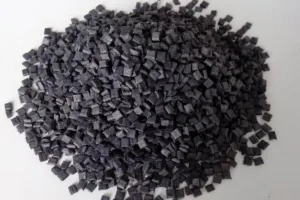Carbon fiber reinforced polymer (CFRP) is a composite material that consists of carbon fibers and a polymer matrix. It has become a popular choice for the construction of rail transit vehicles due to its excellent mechanical properties, lightweight, and durability.

CFRP as the Structure of Rail Transit Vehicle
One of the major advantages of using CFRP in the construction of rail transit vehicles is its lightweight. This reduces the overall weight of the vehicle, which in turn reduces energy consumption and greenhouse gas emissions. Additionally, CFRP has excellent fatigue resistance and can withstand millions of cycles of loading and unloading, making it an ideal material for use in rail transit vehicles.
CFRP is also highly resistant to corrosion and can withstand harsh environmental conditions, such as extreme temperatures, moisture, and salt spray. This makes it an ideal material for use in rail transit vehicles, which are often exposed to these conditions.
Another advantage of using CFRP in the construction of rail transit vehicles is its design flexibility. CFRP can be molded into complex shapes and sizes, which allows for greater design freedom and optimization of the vehicle’s aerodynamics and performance.
In addition to its mechanical properties, CFRP is also an eco-friendly material. It can be recycled and reused, reducing the environmental impact of the manufacturing process and end-of-life disposal.
Overall, CFRP has become an increasingly popular choice for the construction of rail transit vehicles due to its excellent mechanical properties, lightweight, durability, and eco-friendliness. With the continued advancement of technology, it is expected that CFRP will play an even greater role in the future of rail transit vehicle construction.




























